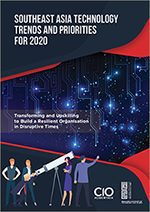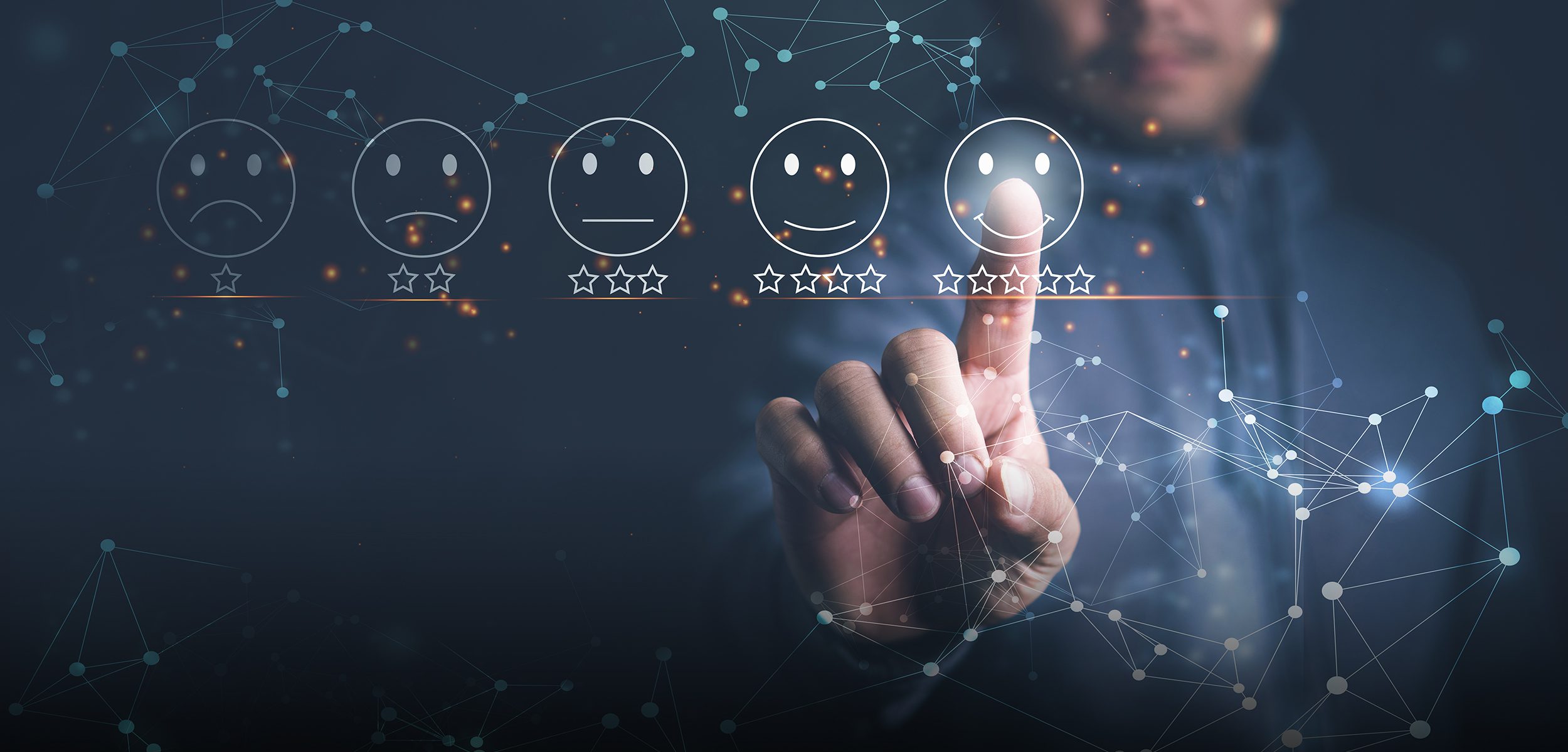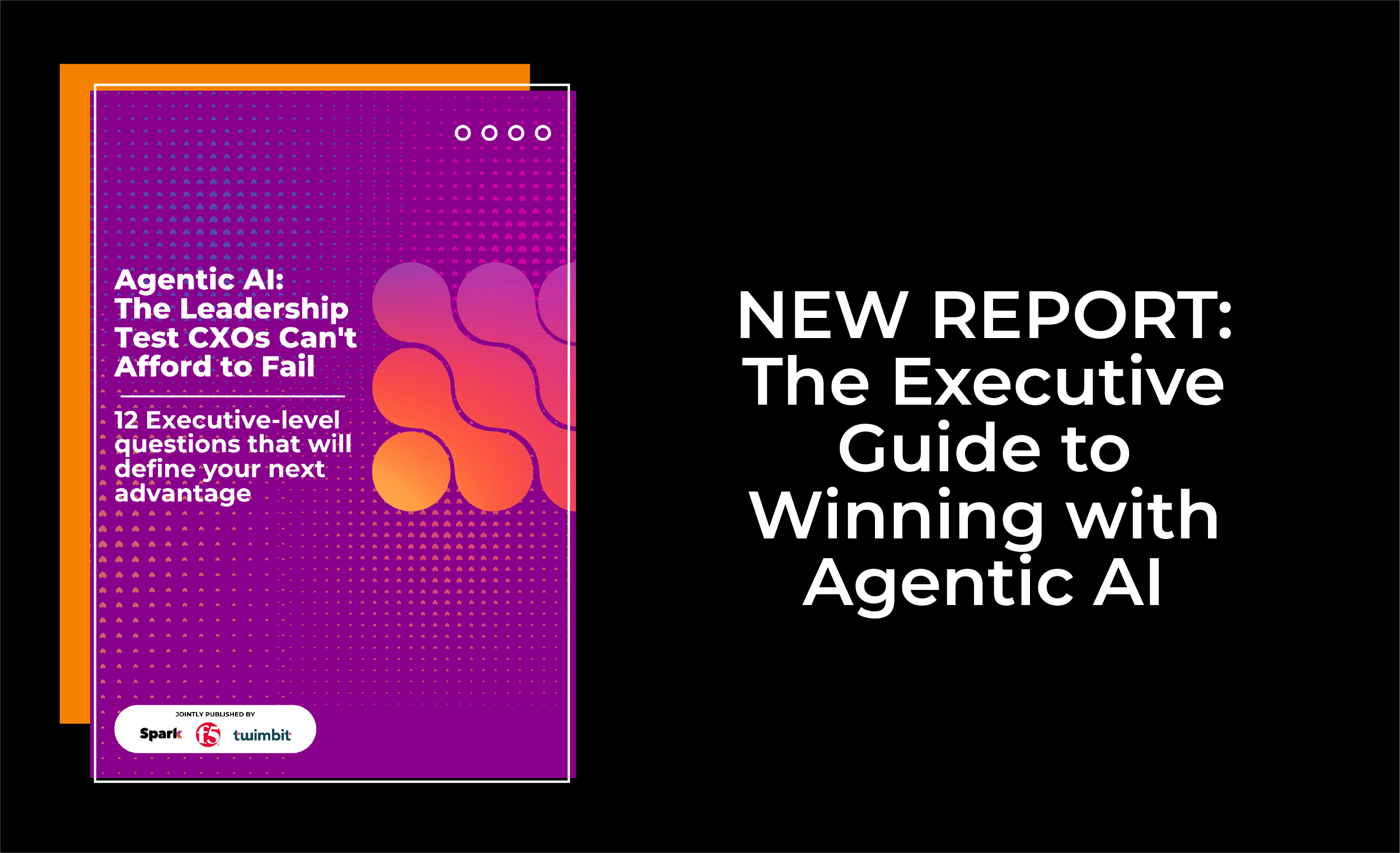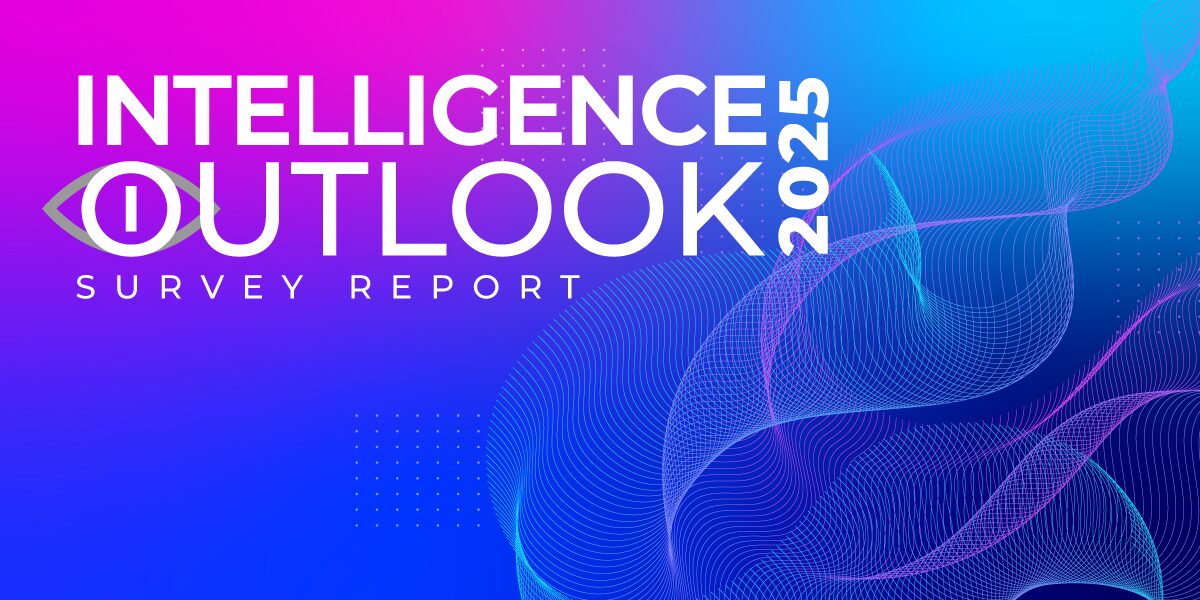#HASHTECH Insights
By CIO Academy Asia
May 19, 2020
How do you get a €44 billion giant, with 100,000 employees doing business in more than 70 countries, to move the needle with enterprise customers who demand service right now?
You pre-diagnose problems and fix them before they occur. You consolidate multiple trouble ticketing-systems into one. You add machine learning (ML) to get insights from unified communications (phone, SMS, email, chatbots, etc) on a single dashboard. In short, you turn to ServiceNow.
That’s exactly what Vodafone Group Enterprise (VGE) did. VGE is the global consolidation point for all of Vodafone’s MNC customers. VGE has 3,000 people that serve 1,700 customers in 150 countries and 23 languages, a complex business to manage.
“Serving each global enterprise customer requires disparate tools and processes,” VGE says. “Our customers would discover issues first, and then call VGE to fix it. Customer care reps struggled across 24 different systems.”
To address this challenge, VGE deployed ServiceNow to implement end-to-end incident integration, a single agent workspace and dynamic event monitoring. As a result, VGE achieved a 66% jump in employee Net Promoter Score (NPS), 45% rise in agent productivity, and 45% reduction in customer service costs. “We decommissioned 24 customer-facing systems,” VGE says. “Now agents use only the ServiceNow workspace and have effectively eliminated swivel-chair practices”
It’s not just Vodafone; all customers need services and most need it right now, especially with COVID-19 disrupting companies and countries. “Customers want instant gratification and are asking for more modes of interaction, including self-service,” says Chia Wee Luen, Managing Director and Area Vice President, Asia, of ServiceNow. “They also want a much higher level of visibility into the service process. Just like how the popular ride-hailing application, Grab, gives users the ability to track the location of their drivers and accurately estimate how long it will take for them to reach their destinations, customers today want that same level of visibility when they interact with their providers.”
As customers demand more in customer service, organisations must embrace a new paradigm of intelligent automation to meet these demands in a cost-efficient way. By leveraging AI-powered chatbots to respond to more than 60% of calls and emails, ServiceNow’s customers are freeing up their agents to work on more complex issues. ServiceNow also applies AI to route problem tickets to the right agents more accurately, and with the help of analytics, managers are able to quickly address bottlenecks across the service journey. Orchestrating all of this on a single, integrated cloud-based platform allows organisations to manage complex customer service operations from anywhere, anytime and respond to service issues near-real-time.
“ServiceNow gives you the power to make work, work better – no matter the circumstances,” Mr Chia says. “Employees can be productive, wherever they are. And customers can get what they need, when they need it. That’s what we call the smarter way to workflow.”
That “smartness” has now been recognised. In mid 2019, ServiceNow was named a Strong Performer in the Forrester Wave™: Customer Service Solutions (Q2, 2019), placing the brand among the top five service providers in this category.
Customers are also taking notice. Some key brands include Singapore’s NTU (Nanyang Technological University), Smartone, SwissRe, Kiwi Bank, Discover, State of Tennessee, Siemens Healthineers, Becton Dickinson, Tata Communications, Paypal, Veolia, and 7-Eleven.
7-Eleven, the convenience retail giant we are all familiar with, is an interesting case study. It runs 69,000 stores in 17 countries, including Singapore. 7-Eleven encountered challenges in diagnosing customer pain-points in the moment and digitalise manual case assignment and prioritisation processes. With ServiceNow’s Customer Workflows solution, the global franchise business was able to quickly sift help requests from customer feedback across email, phone and feedback forms and direct help requests to the right customer service agent to resolve the cases. Fulfilled cases are subsequently sent back to to 7-Eleven’s Medallia system for tracking and reporting, reducing 93% of its case volume and achieve a whopping 205% rise in resolution rate.
The high value that companies place on customer experiences is reflected in the SEA Tech Trends and Priorities Survey Report for 2020 published recently by CIO Academy Asia (CIOAA). 67% of C-level respondents indicated that evolving customer needs and experiences is the most significant driver of digital transformation. “At the heart of it is the customer journey mapping, where powerful new data collection and analytics tools help to provide deeper insights to fuel business performance.” says CIOAA CEO Mr P. Ramakrishna.
The ability to manage change with instant agility, while still delivering great experiences for customers and employees has become a critical necessity. “With 6000 customers globally and 80% of the top 500 Fortune companies using ServiceNow, it is a strong testament of the real business value that we offer our customers,” Mr Chia says. The Covid-19 pandemic has created the perfect storm for organisations to embrace these change drives sooner than later:
- Organisations are suddenly experiencing huge spikes in online request volumes.
- Customer service agents are forced to work remotely with no call-centre support.
- Although close collaboration across many departments is required to resolve complex customer issues, remote working conditions worsen process friction and further delay case resolution.
Many organisations are structured into business departments that perform specialised functions, and these business units typically operate in silos. However, many processes span multiple departments. Take an insurance claim process, for example. The process will need to traverse from the call centre (which receives the initial claim request), to the agent responsible for the claimant, to the assessor, then to the investigation team and finally to finance to process the claim. The process often breaks down when people try to collaborate on unstructured platforms, such as emails and chat engines to resolve issues.
Who suffers from siloed organisation structures? The customers, for one. Customers do not care which business units they are dealing with. They have a single objective – to get access to services to fix their problems or concerns. The frontline employees take the flak, not to mention negative impact on the organisation’s reputation.
To cope with the exponential rise in customer expectations, legacy processes will see the rapid adoption of AI across a wider range of services. Mr Chia expressed a clear optimism for the pervasive use of AI in the future: “Customers and employees can interact with AI chatbots and get accurate answers instantly. Imagine the level of productivity and experience that can be delivered!”
 The Southeast Asia Technology Trends & Priorities for 2020 Report, published by CIO Academy Asia in collaboration with the Lee Kuan Yew Centre for Innovative Cities at SUTD, is now available for download.
The Southeast Asia Technology Trends & Priorities for 2020 Report, published by CIO Academy Asia in collaboration with the Lee Kuan Yew Centre for Innovative Cities at SUTD, is now available for download.
Visit here to get your copy










